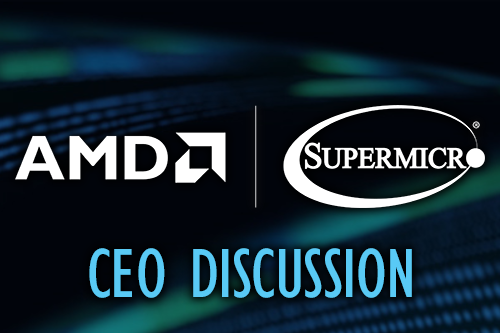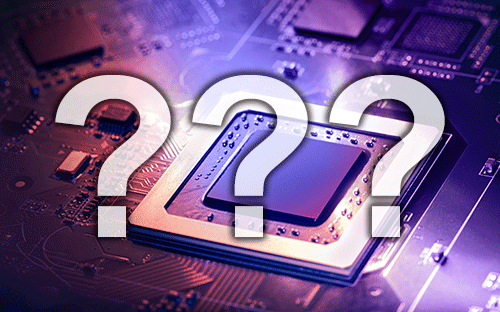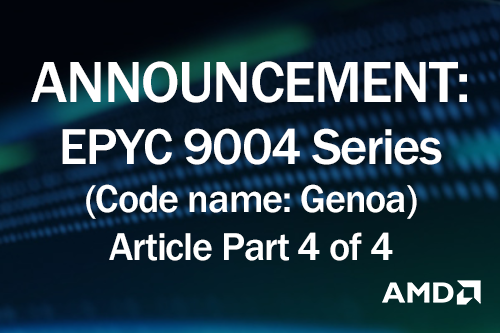Featured Content
AMD and Supermicro Sponsor Two Fastest Linpack Scores at SC22’s Student Cluster Competition
- December 7, 2022
- Author: Scot Finnie
The Student Cluster Computing challenge made its 16th appearance at the SuperComputer 22 (SC22) event in Dallas. The two student teams that were running AMD EPYC™ CPUs and AMD Instinct™ GPUs were the two teams that aced the Linpack benchmark. That's the test used to determined the TOP500 supercomputers in the world.
Perspective: Don’t Back into Performance-Intensive Computing
- December 5, 2022
- Author: Scot Finnie
To compete in the marketplace, enterprises are increasingly employing performance-intensive tools and applications like machine learning, artificial intelligence, data-driven insights and automation to differentiate their products and services. In doing so, they may be unintentionally backing into performance-intensive computing because these technologies are computationally and/or data intensive.
Some Key Drivers behind AMD’s Plans for Future EPYC™ CPUs
A video discussion between Charles Liang, Supermicro CEO, and Dr. Lisa Su, AMD CEO.
Match CPU Options to Your Apps and Workloads to Maximize Efficiency
- November 29, 2022
- Author: David Strom
The CPU package is configurable at time of purchase with various options that you can match up to the specific characteristics of your workloads. Ask yourself the three questions the story poses.
Locating Where to Drill for Oil in Deep Waters with Supermicro SuperServers® and AMD EPYC™ CPUs
- November 26, 2022
- Author: David Strom
Energy company Petrobas, based in Brazil, is using high-performance computing techniques to aid it in its oil and gas exploration, especially in deep-water situations. Petrobas used system integrator Atos to provide more than 250 Supermicro SuperServers. The cluster is ranked 33 on the current top500 list and goes by the name Pegaso.
Choosing the Right AI Infrastructure for Your Needs
AI architecture must scale effectively without sacrificing cost efficiency. One size does not fit all.
Supermicro H13 Servers Maximize Your High-Performance Data Center
The modern data center must be both highly performant and energy efficient. Massive amounts of data are generated at the edge and then analyzed in the data center.
Manage Your HPC Resources with Supermicro's SuperCloud Composer
- November 18, 2022
- Author: David Strom
Today’s data center has numerous challenges: provisioning hardware and cloud workloads, balancing the needs of performance-intensive applications across compute, storage and network resources, and having a consistent monitoring and analytics framework to feed intelligent systems management.
Supermicro Debuts New H13 Server Solutions Using AMD’s 4th-Gen EPYC™ CPUs
- November 16, 2022
- Author: David Strom
Last week, Supermicro announced its new H13 A+ server solutions, featuring the latest fourth-generation AMD EPYC™ processors.
How the New EPYC CPUs Deliver System-on-Chip Electronics
- November 15, 2022
- Author: David Strom
CPU chipsets are not normally considered systems-on-chip (SoC) but the fourth generation of AMD EPYC processors incorporate numerous I/O functionality at a high level of integration.
- ‹ previous
- 13 of 16
- next ›












